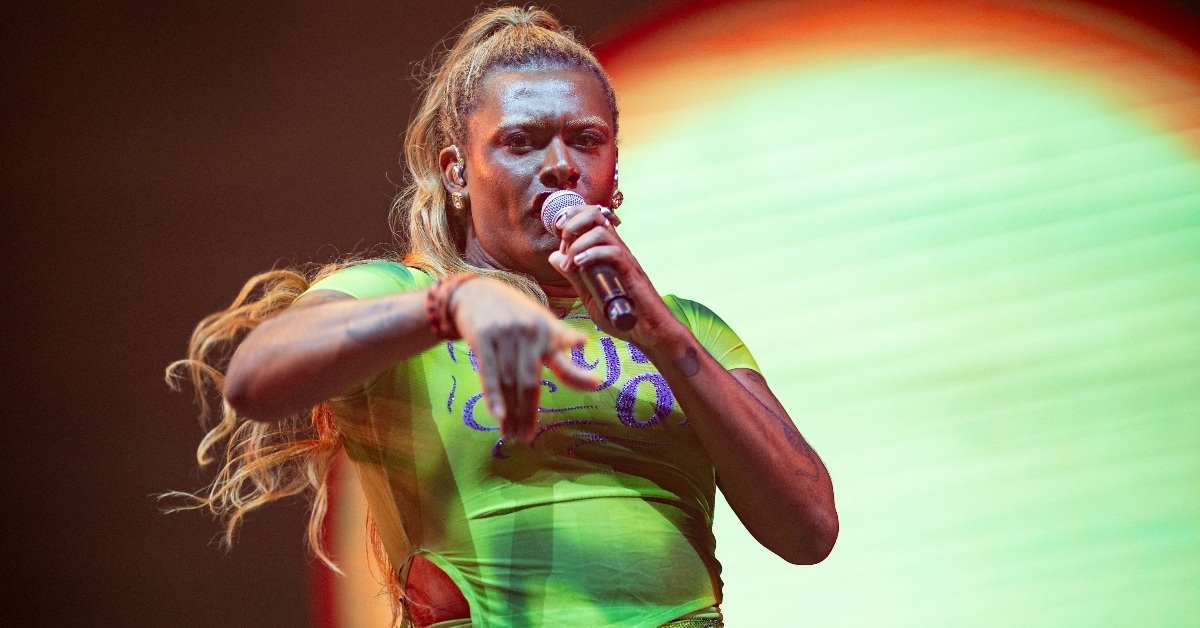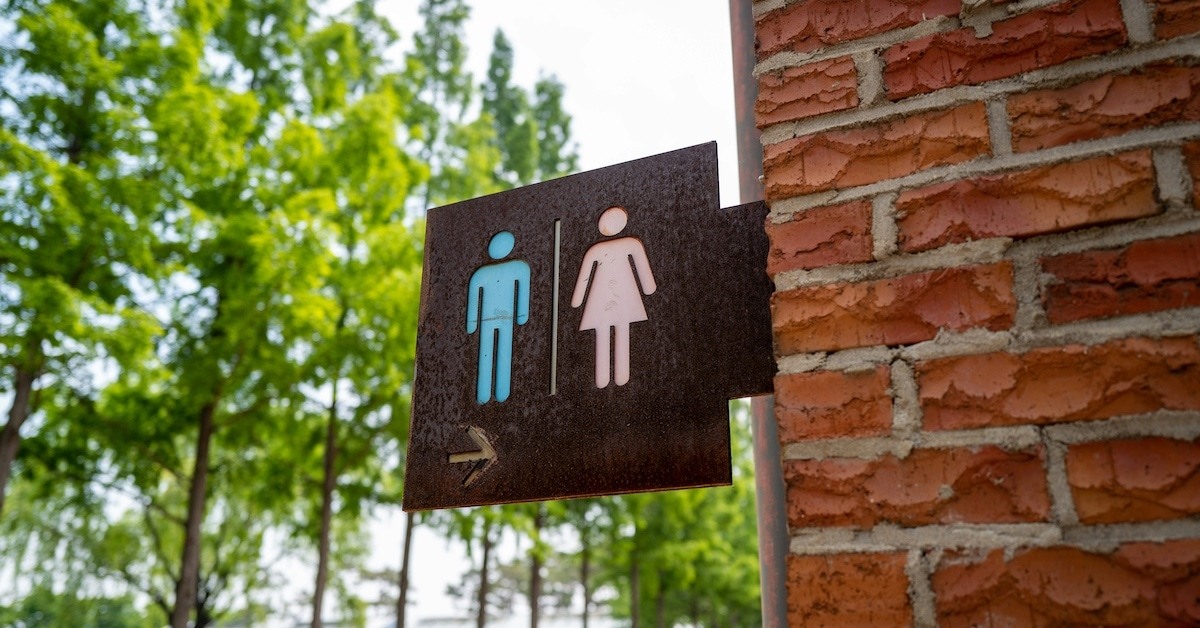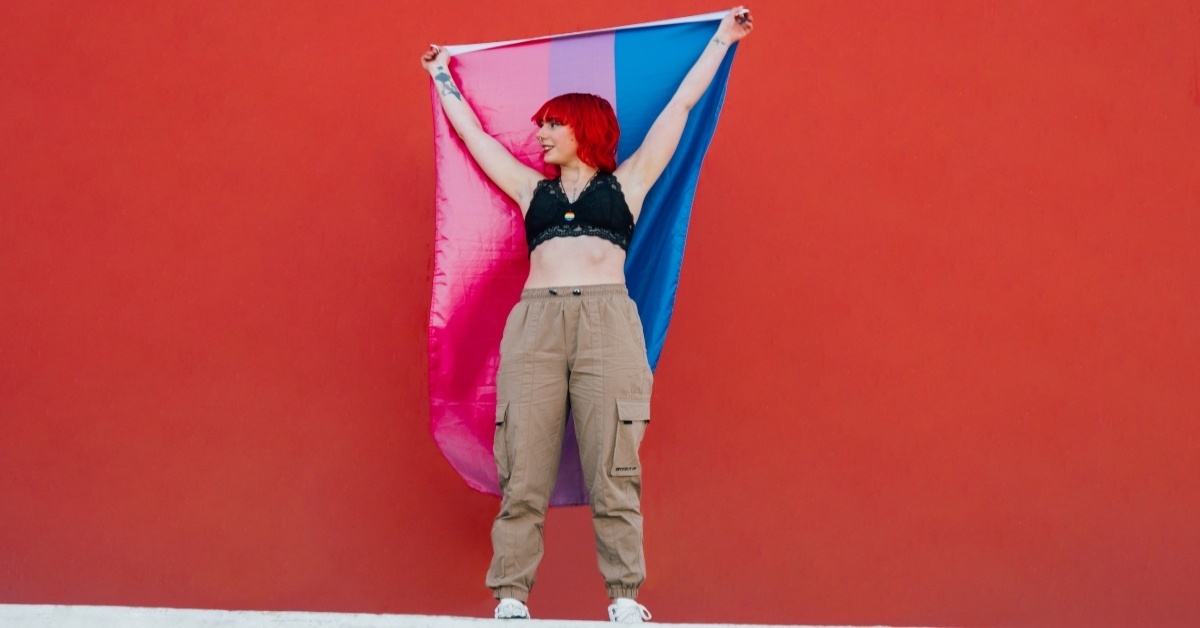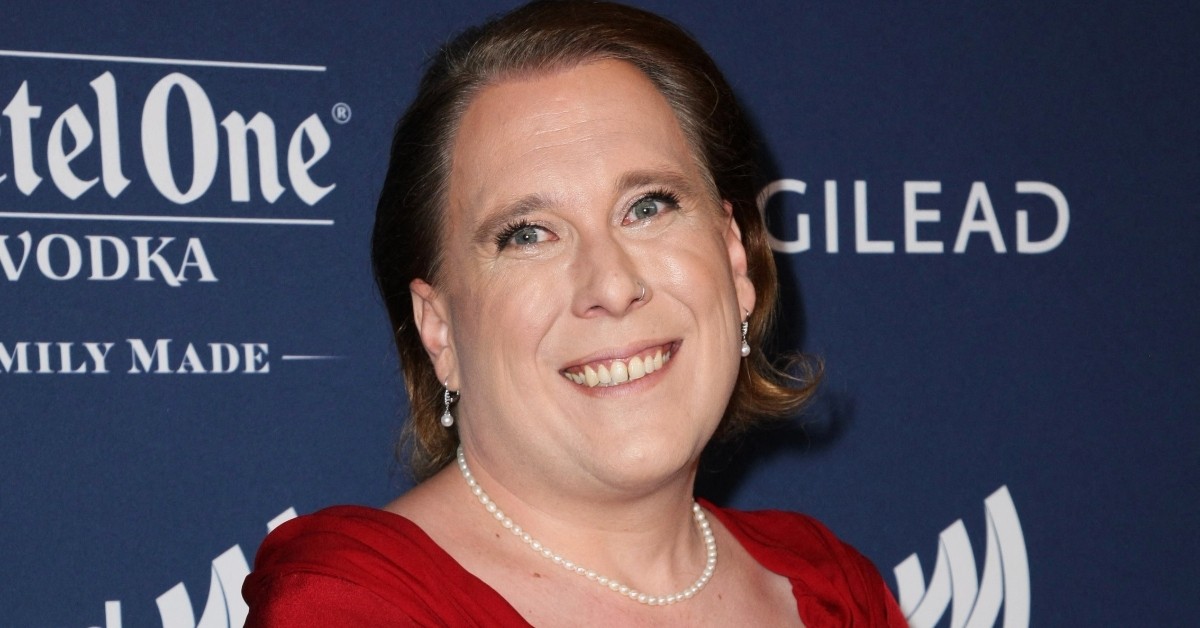BY: Jasmine Franklin
Published 3 months ago

For many people, queerness is a winding, shifting, deeply personal journey. Maybe you were sure of who you were attracted to at 18 — and now, at 27, things feel different. That shift doesn’t mean something’s wrong. It just means you’re growing. Sexuality isn’t fixed for everyone, and the fluid meaning in LGBTQIA+ culture makes space for exactly that.
For some, identity clicks into place early on. For others, it unfolds over time, through experience, and with honesty. There’s no right way to arrive at yourself. And there is no expiration date on figuring it out.
Gender Fluidity vs. Sexual Fluidity

Sexual fluidity is often misunderstood or written off as a phase. But it’s not about indecision. It’s about recognizing that attraction can shift across your lifetime.
Sexual fluidity means your romantic or physical attractions don’t always follow a predictable pattern. You might mostly be into women, but fall for a man one day. You might identify as gay, but notice you’re emotionally drawn to someone outside that category. And your attraction doesn’t require a new label unless you choose to give it one.
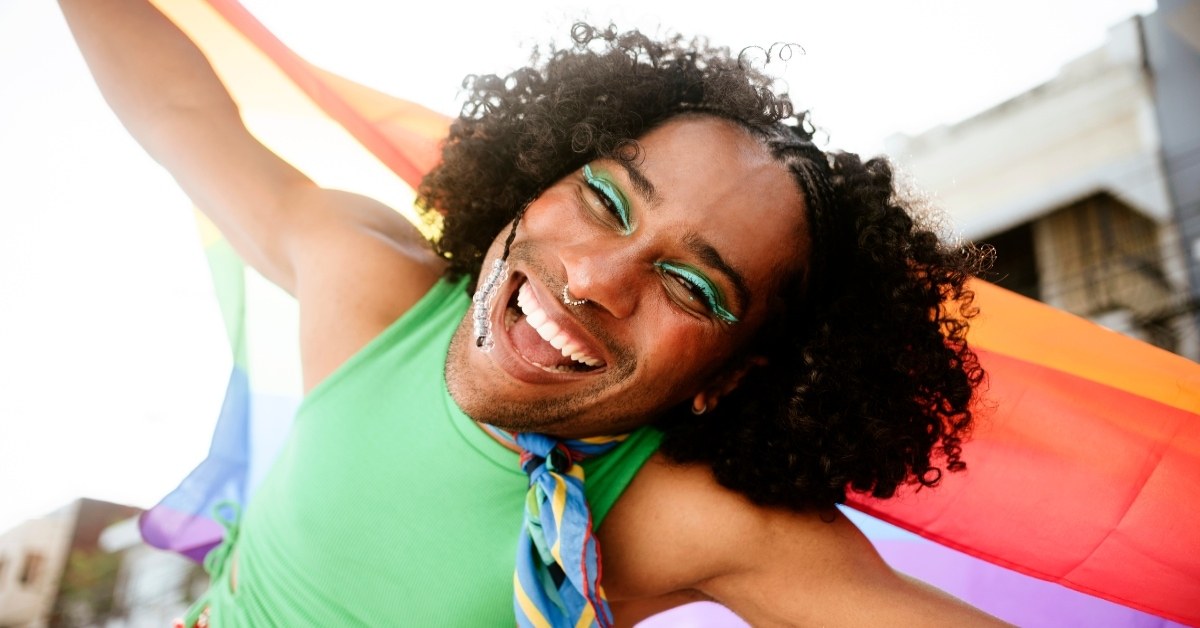
Gender fluidity, on the other hand, refers to how an individual experiences and expresses their gender identity. While gender and sexuality are often discussed together, they operate independently. Someone can be sexually fluid and cisgender or gender fluid and exclusively attracted to one gender. Understanding the difference matters, but so does knowing they can overlap — and both are valid.
The fluid meaning in LGBTQIA+ culture holds space for these nuances. It recognizes that people don’t need to stay in the same box forever just to be understood or accepted. Here are the four things you need to know about the fluid meaning in the LGBTQIA+ community.
1. Your past doesn’t define your present.
You don’t owe anyone an explanation for your evolution. Maybe you used to date only women. Maybe you thought you were straight, and now you know you’re not. None of that cancels out what you feel now. Your identity is allowed to evolve without apology.
2. Fluidity gives clarity over time.
Sexual fluidity doesn’t mean you’re lost. It means you’re listening to yourself more closely. What once fit may no longer feel true. That doesn’t make your journey less real. It makes it honest.
3. It’s OK to opt out of labels or use new ones.
Some people find strength in saying “queer,” “bisexual,“ or “pansexual.“ Others feel boxed in by labels altogether — the fluid meaning LGBTQIA+ honors that there’s no single way to name your sexuality. You don’t need a perfect word to validate your experience.
4. Community still belongs to you.
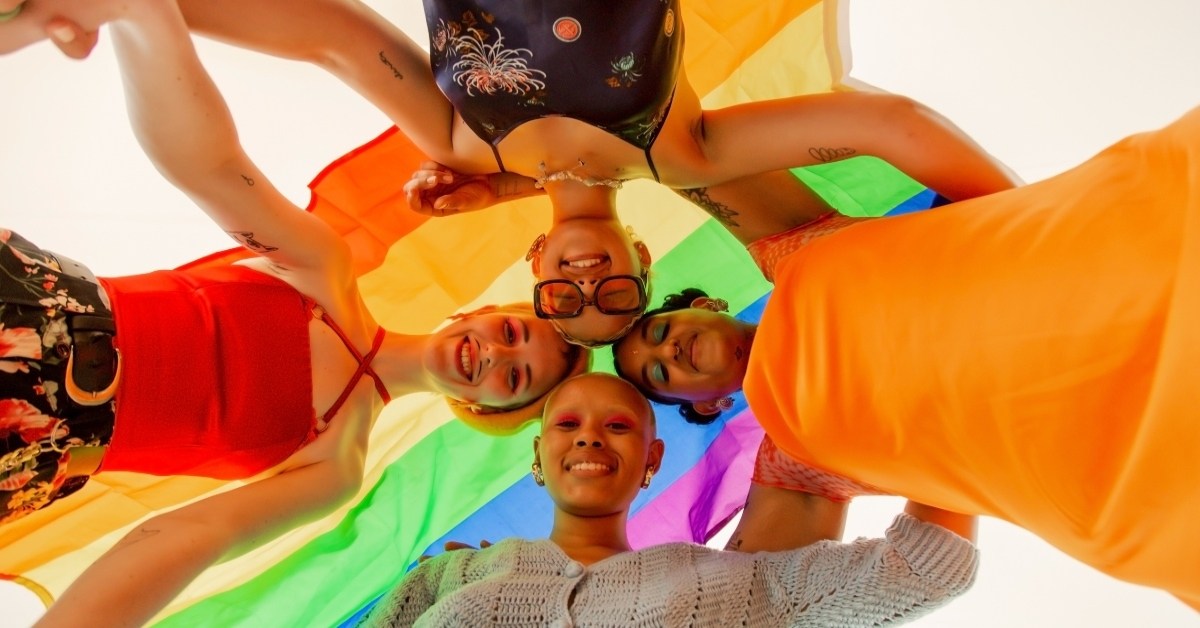
You don’t lose your place in the LGBTQIA+ community just because your desires shift. Whether you’re dating across the gender spectrum or still sorting it out, your queerness is still yours. The fluid meaning in LGBTQIA+ culture ensures that identity isn’t about proving something — it’s about living it.
The fluid meaning LGBTQIA+ is a mirror reflecting how people really live, love, and change. Sexuality doesn’t have to follow a straight line. It can be soft, expansive, and ever-shifting. And just because something changes doesn’t mean it wasn’t or isn’t real.
If your identity has shifted, expanded, or surprised you, that’s not a failure. That’s growth. You don’t owe anyone a final version of yourself. What you feel today is just as valid as what you felt five years ago. The fluid meaning LGBTQIA+ reminds us that being queer isn’t about staying still — it’s about showing up as yourself, wherever you are in the moment. You don’t have to pick a lane forever. You have to be real with who you are today.
How has your understanding of sexuality shifted over time? Share your thoughts below.

